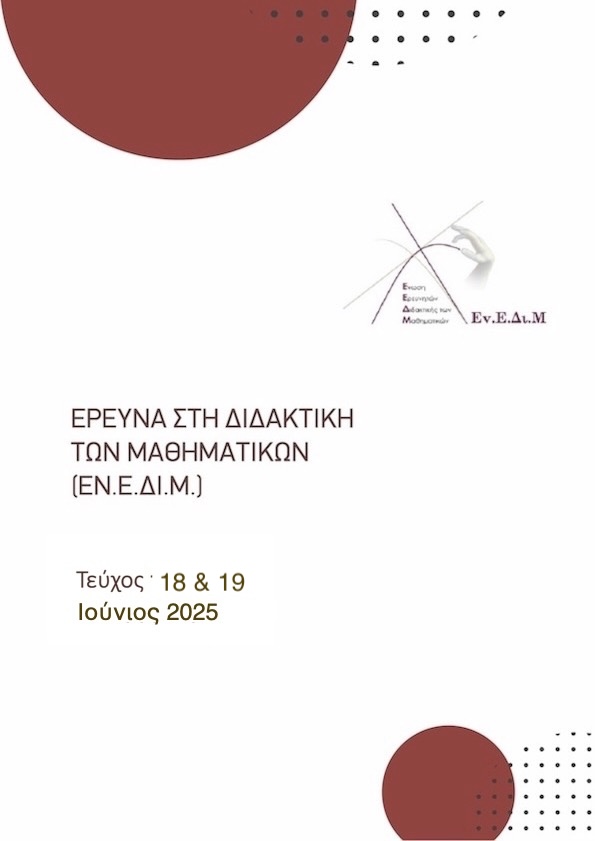THE USE OF SOLO TAXONOMY IN THE COURSE OF GEOMETRY RECORDING LEARNING OBJECTIVES AND IMPLEMENTING FORMATIVE ASSESSMENT

Abstract
Setting learning goals and the evaluation of the extent that these have been achieved are two key elements of lesson planning and teaching in all the levels of education. The aim of the current paper is the exploration of the use of SOLO (Structure of Observed Learning Outcomes) taxonomy in practice, so that secondary school teachers could use it for lesson planning and formative assessment. For this reason, a qualitative study was conducted during lessons of Euclidean Geometry in the Unit about areas. The findings showed that SOLO taxonomy can facilitate the presentation of content in alignment with constructivism and support the formative assessment activities.
Article Details
- How to Cite
-
Ventistas, G., Ventista, O. M., & Arkoumanis, G. (2025). THE USE OF SOLO TAXONOMY IN THE COURSE OF GEOMETRY: RECORDING LEARNING OBJECTIVES AND IMPLEMENTING FORMATIVE ASSESSMENT. Research in Mathematics Education, (18 & 19), 131–151. Retrieved from https://ejournals.epublishing.ekt.gr/index.php/enedim/article/view/38298
- Section
- Articles

This work is licensed under a Creative Commons Attribution 4.0 International License.
Authors who publish with this journal agree to the following terms:
Authors retain copyright and grant the journal right of first publication with the work simultaneously licensed under a Creative Commons Attribution licence that allows others to share the work with an acknowledgement of the work's authorship and initial publication in this journal.
Authors are able to enter into separate, additional contractual arrangements for the non-exclusive distribution of the journal's published version of the work (e.g. post it to an institutional repository or publish it in a book), with an acknowledgement of its initial publication in this journal.
Authors are permitted and encouraged to post their work online (preferably in institutional repositories or on their website) prior to and during the submission process, as it can lead to productive exchanges, as well as earlier and greater citation of published work (See The Effect of Open Access).


